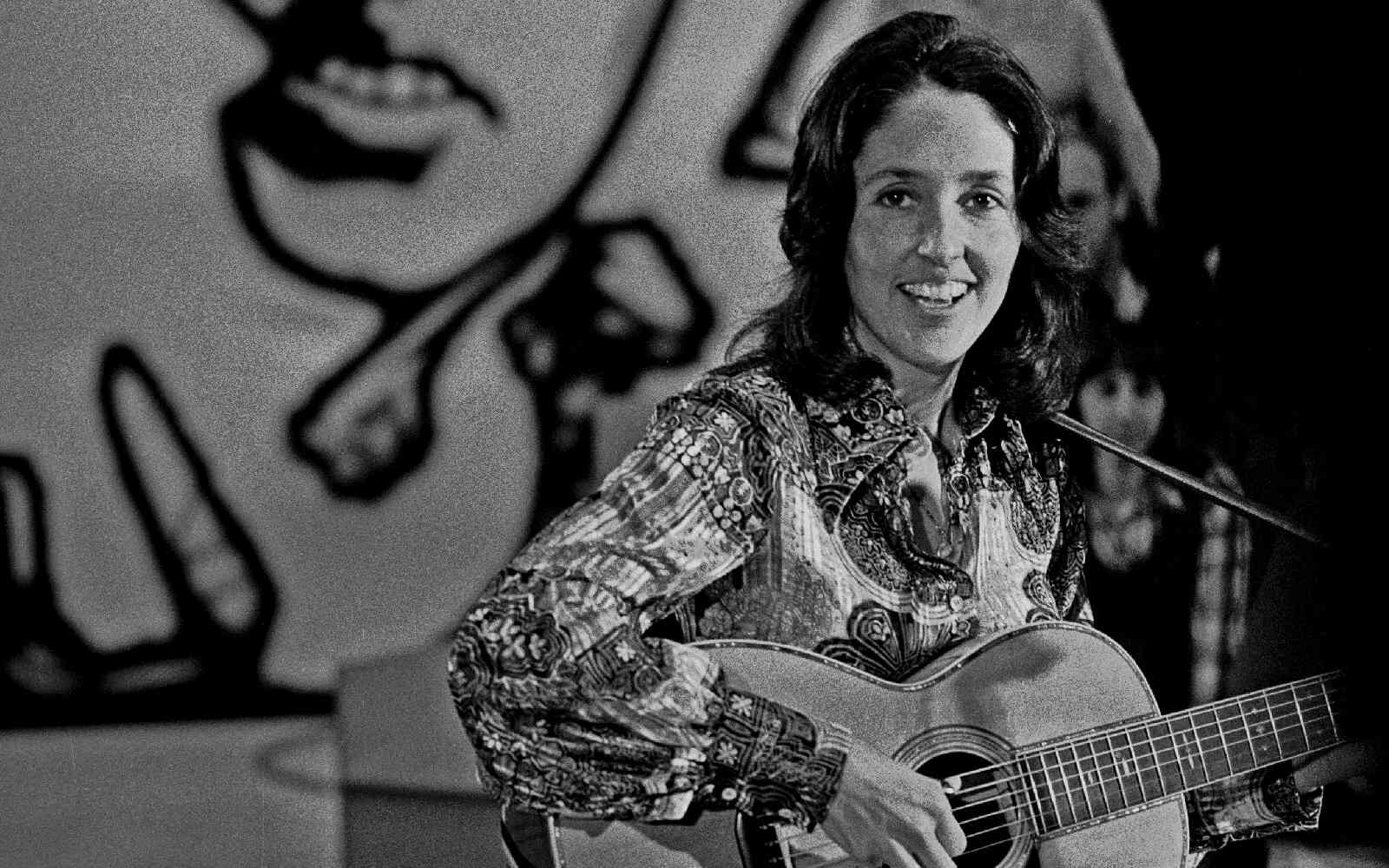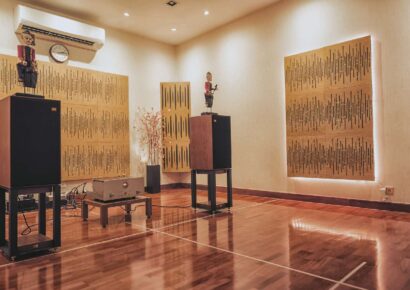Referring to a smaller-bodied acoustic, specifically smaller than a Martin Size 0, a parlour guitar is a six string, acoustic guitar, built almost exclusively with a flat top.
The parlor acoustic guitar is a design that predates most of what we consider standard for acoustic guitars today. Referring to a smaller-bodied acoustic, specifically smaller than a Martin Size 0, a parlor guitar is a six string, acoustic guitar, built almost exclusively with a flat top.
The parlor acoustic guitar has developed a heavily American following, it’s brittle, articulate tone lending itself to folk and blues artists, their fingerpicking styles being communicated well through the smaller body that doesn’t bolster the resonance and mud sometimes associated with larger bodied-acoustics like dreadnoughts. They record amazingly well, being the choice for early blues musicians when recording was a one mic, do it live, mono affair. They needed a guitar to poke through the mix without the use of EQ and compression (let alone a separate mic for guitar and vocal!), and their influence extends beyond their years, informing the tonality of the blues, roots and folk genres for years to come. Here’s five players who did it well.
Read all the latest features, columns and more here.
Robert Johnson
Robert Johnson’s life has given rise to much legend. Until recently, there remained only two known photos of him, having not achieved much commercial success in his only lifetime, dying at just 27 years of age. One of the photos in particular shows Johnson sat in a suit, a Gibson L-1 parlor guitar in his lap.
The Gibson L-1 isn’t technically listed nor marketed as a parlor guitar, though its tonality is classic parlor. The L-1 was originally sold as an archtop, though a flat-top version, like Robert used, became available in 1926. The L-1 from 1926 onwards featured a spruce top and mahogany back and sides, the brightness of the top complimenting the warmer, richer sounds of the mahogany tonewood. The only recordings of Johnson would have featured his L-1, Johnson only having a recording career of two sessions which would go onto shape the future of music as we know it today.
Joan Baez
Joan Baez is a legend in folk music. A songwriter and activist, Baez began on the ukulele in childhood, being immediately enamoured by music and eventually buying her first Gibson acoustic guitar in 1957. One of her more famous guitars is a Martin Style 0-40 guitar, built around 1880.
The rich history within the guitar informs its sound, retaining the articulation of parlors, but with the worn-in and familiar feel of an old guitar, already being almost 100 years old when Baez rose to fame throughout the 60s. SInce then, Baez has performed and recorded with multiple Martin parlor guitars, their clear tone making way for her own brand of lyricism. She’s an artist and activist with a lot to say.
Bob Dylan
Bob Dylan and Baez dated for a time, releasing a small number of songs together. Dylan performed with Baez’s own 1929 Martin 0-45 at the 1964 Newport Folk Festival.
While Dylan performed with larger bodied acoustic primarily, as well as a fateful performance at the 1965 Newport Folk Festival, the 1964 performance was received well, and for the history books. The only difference was the addition of that Martin 0-45.
This guitar famously had a scroll inside it, discovered in the 90s and likely placed by a past repairman who opposed Baez’s political views, that read “Too bad you’re a communist.”
Blind Lemon Jefferson
Blind Lemon Jefferson is known as the father of Texas Blues. He was born blind in the late 1890s, and there’s one confirmed photo of him, where he’s holding a small-bodied parlor size guitar. His unique voice and playing style makes him instantly recognizable, the clarity of his guitar poking through the hissy, noisy tape recordings of him playing songs like “Match Box Blues” and “Black Snake Moan”.
His quick fingered style influenced other blues legends like Lead Belly and Lightnin’ Hopkins, and his legacy extends beyond that, through to today where Texas has a healthy blues scene, all pulling influence from Lemon Jefferson’s high-pitched vocal style and up-tempo blues.
Chris Hadfield
A special mention has to go to astronaut Chris Hadfield who, aboard the International Space Station (ISS), played a version of David Bowie’s “Space Oddity” on a Canadian made Larrivée P-01 Parlor guitar.
This guitar is known as “the first guitar in space”, having been onboard for more than a decade at that point. The guitar was left there by NASA as the music was “Good for mental health”.
Robert Johnson caught your attention? Keep reading here.

